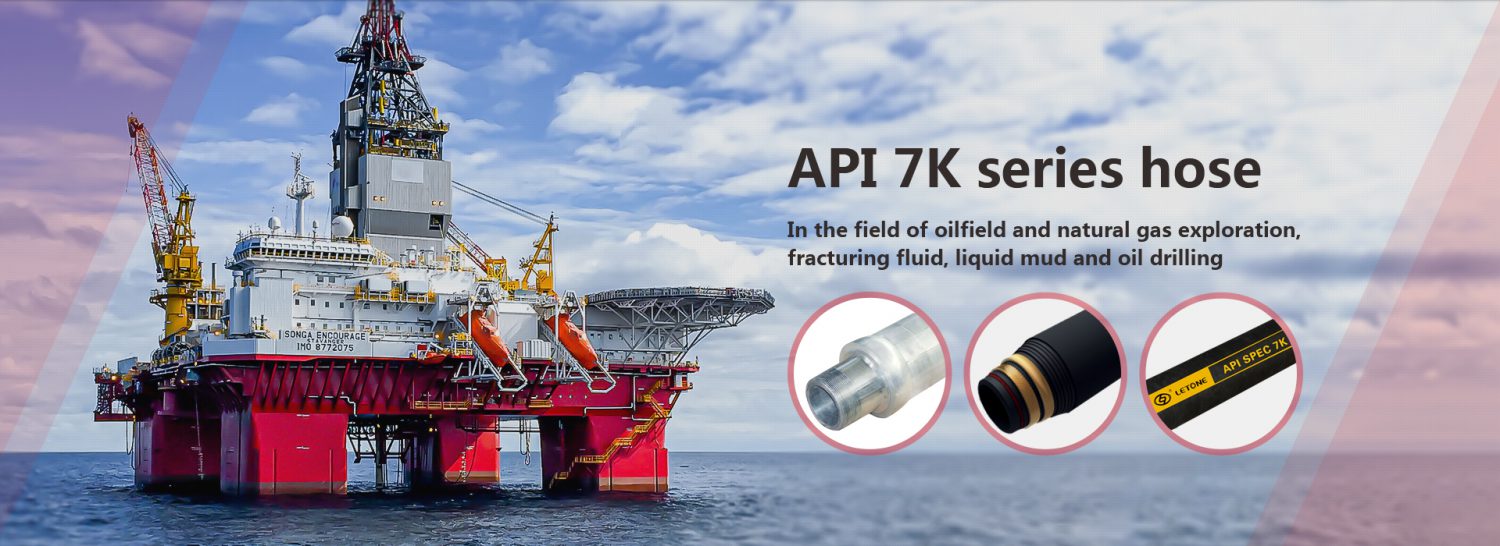Petroleum hose is a flexible pipe used to transport petroleum and petroleum products, usually consisting of rubber and reinforcement. Petroleum hoses are widely used in oil and gas exploration, production, processing and transportation.The material and design of petroleum hoses have high technical requirements. The inner material of the petroleum hose is usually made of oil-resistant, wear-resistant, and corrosion-resistant rubber materials. The reinforcement layer is usually made of steel wire, synthetic fiber and other materials to enhance the pressure resistance of the hose. The outer layer is to protect the structure and material inside the hose from the external environment, usually…
Petroleum hose is a flexible pipe used to transport petroleum and petroleum products, usually consisting of rubber and reinforcement. Petroleum hoses are widely used in oil and gas exploration, production, processing and transportation.
The material and design of petroleum hoses have high technical requirements. The inner material of the petroleum hose is usually made of oil-resistant, wear-resistant, and corrosion-resistant rubber materials. The reinforcement layer is usually made of steel wire, synthetic fiber and other materials to enhance the pressure resistance of the hose. The outer layer is to protect the structure and material inside the hose from the external environment, usually made of rubber, plastic and other materials.
Petroleum hoses play an important role in oil and gas exploration, production, processing and transportation. For example, in the process of oil extraction, oil hoses can transport oil from the wellhead to the ground, and at the same time transport auxiliary materials such as water and chemicals. In refineries and chemical plants, petroleum hoses play a key role in transporting substances such as petroleum products, chemicals and gases.
However, the use of petroleum hoses also has certain safety risks. When using petroleum hoses, you need to pay attention to some safety matters. First of all, users need to carefully check the labels and instructions of petroleum hoses to understand the scope of use and precautions of the hoses. Secondly, the user needs to ensure that the installation of the hose meets the standards, and regularly check whether the hose has problems such as aging and wear. If you find that there is a problem with the hose, you should stop using it immediately and replace the hose to avoid accidents.
In short, petroleum hoses are an indispensable part in the fields of oil and gas exploration, production, processing and transportation. The material and design of petroleum hoses have high technical requirements to ensure the safe transportation of petroleum and petroleum products. But you also need to pay attention to safety matters during use to avoid accidents.

